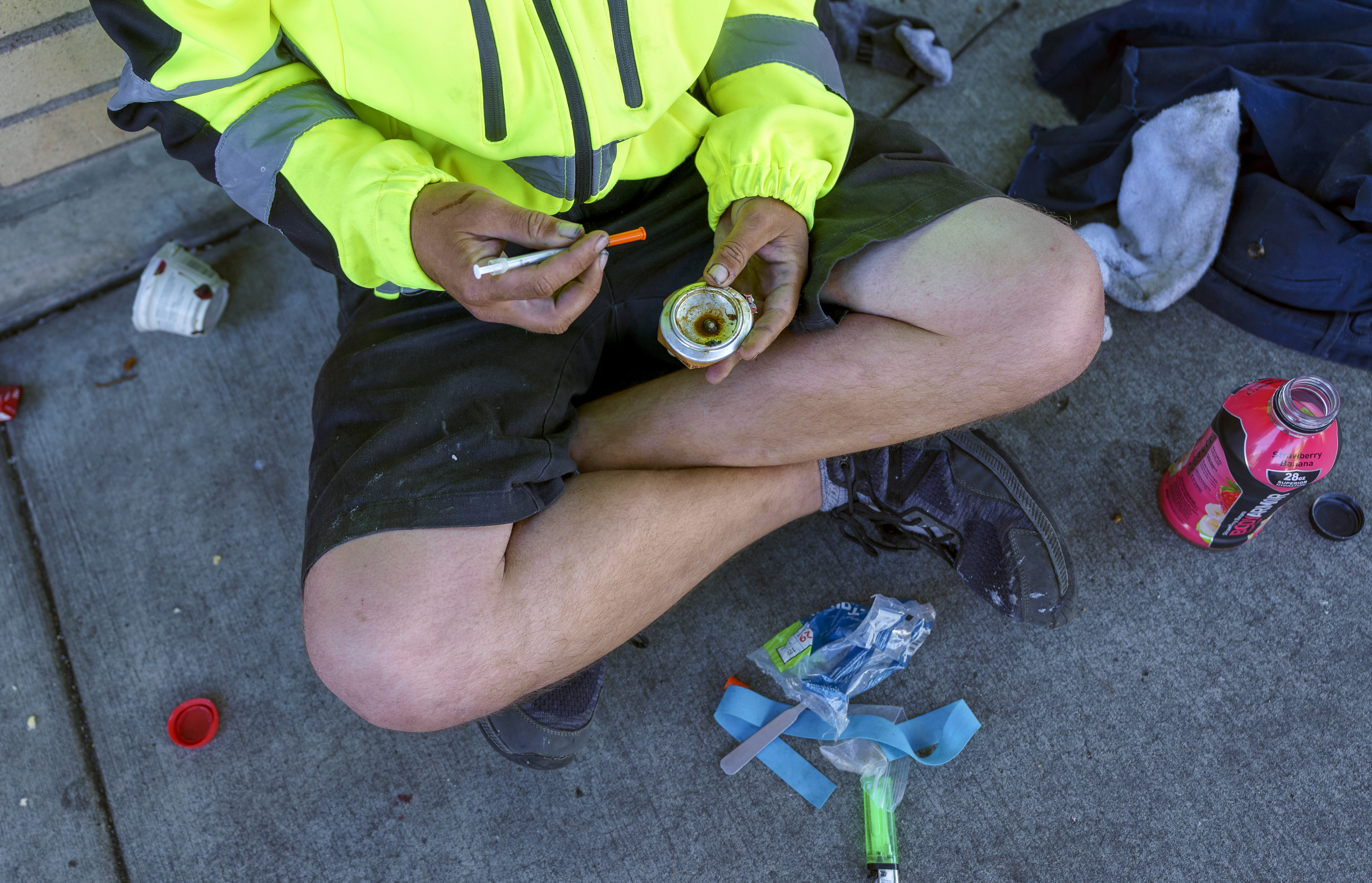
Portland State University has truly done some wonderful work over the last few years examining solutions to the vexing issue of homelessness.
For instance, the findings from a two-year survey led by PSU’s Homeless Research and Action Collaborative were recently released, which studied the efficacy and influence of the “Village Model,” as the report calls it, as an alternative form of shelter for people experiencing homelessness.
The report’s authors looked at six existing or former villages in the Portland area: Kenton Women’s Village, Hazelnut Grove, Dignity Village, Agape Village, St. Johns Village and the Clackamas County Veterans Village, all of which shared three common elements: Private and individual shelter spaces with shared common facilities, a sense of community with shared agreements on behavior, and the ability for villagers to have some agency over their environment.
The findings, researchers say, may also serve as a best-practice and how-to guide for setting up future villages for success.
The report’s key takeaways:
1. Villagers were largely satisfied or very satisfied with their pod as a place to live (86% expressed being satisfied or very satisfied).
2. Most (69%) were satisfied or very satisfied with their village as a place to live.
3. And most (79%) were satisfied or very satisfied with their neighborhood as a place to live.
4. Food insecurity remains a major problem at villages, with 45% of villagers reporting being food insecure. This suggests that while villages are helping some individuals meet their basic needs for food, there is still a need to ensure that everyone has access to food.
5. Villages have disproportionately served White people (particularly White men) and need to institute more mechanisms to support people of color. We also found that BIPOC villagers reported lower levels of belonging and acceptance within their villages compared to White villagers.
6. The feeling of having a voice and influence over the social and physical aspects of the village had major impacts on villager satisfaction, but it was not necessarily contingent upon full self-governance.
7. Concerns about villages among neighbors diminished over time. That is, most neighbors who reported concerns (e.g., decreased property value, increased crime) when they first learned of villages being located in their neighborhood reported no longer having those concerns after living near the village.
8. Size, cost, infrastructure, and governance structures vary widely across villages, and there is very limited knowledge sharing between villages.
9. The vast majority of stakeholders feel that the ideal number for a village is between 20 and 30 people. This range was offered for a variety of reasons that included community cohesion, impacts on internal work shifts at self-governed villages, staff-to-villager ratio, and efficiencies and limitations related to the physical infrastructure of a village.
10. Key unexplored opportunities for future villages include: Integrating villages into emergency preparedness plans, designing villages to better support parents, creating a city-level village liaison position, designing villages around activities and interests, and leveraging village investment toward the creation of affordable housing.
As our own EcoLife project takes shape, it is important sometimes to remind ourselves why we are doing this in the first place. What difference will these shelter materials make?
PSU's incredible Homeless Research and Action Collaborative answers us, Because a society should be judged on how it takes care of its least fortunate – and in that regard, there is still a lot left to do.
Read about their work here.


















